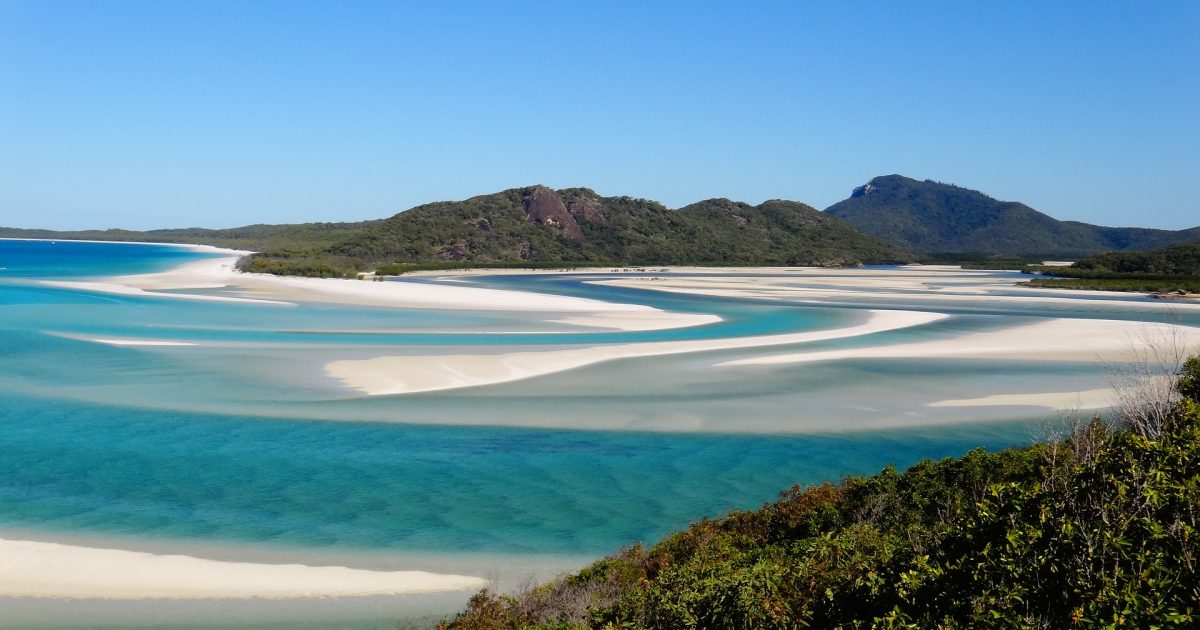New rules coming in to effect on 2 August 2017 will better protect the Whitsundays area, one of the iconic areas of the Great Barrier Reef Marine Park.
The updates to the Whitsunday Plan of Management — an area-specific plan that manages use in this highly visited region in addition to Reef-wide zoning — follows extensive consultation.
Great Barrier Reef Marine Park Authority Chairman Russell Reichelt said it was vital to protect the area’s values that attract visitors to this iconic destination.
“The Whitsundays is one of the most spectacular areas in the Great Barrier Reef Marine Park, attracting more than 40 per cent of the more than two million visitors who come to the Reef each year,” he said.
“It’s important we continue to safeguard this unique environment while allowing for a range of experiences and types of use that sustains a healthy tourism industry.
“The changes include some new additions to how the area will be managed, but previous measures in place to protect the Whitsundays will remain. There are no changes to zoning.”
Among the changes in the updated Plan of Management:
- Greater recognition of the connection Traditional Owners (Ngaro people) have to the Whitsundays and the value of working with them to manage sea country.
- Seabirds such as black naped and bridled terns protected by further limiting the time vessels and aircraft can access nesting areas during key nesting periods.
- Twenty-one new superyacht anchorages to be established at carefully selected locations with no corals or other sensitive habitats, providing further tourism opportunities and still protecting the area’s core values.
- More motorised water sports areas, additional scenic flight opportunities and up to 20 new private moorings to provide flexibility to cater for situations where a private mooring may be needed.
- Boundaries for areas where activities can occur — for example, areas where motorised water sports are allowed — will change from ‘buffer style’ within 1500 metres of a reef or coastline to coordinate based, consistent with the zoning plan.
- Enhancing access for cruise ships and vessels greater than 70-metres with two new anchorages near Hamilton Island and Dent Island, as well as an extended anchorage at Funnel Bay. This provides alternative sites for cruise ships to access key locations in the Whitsundays.
Previous protections in place for the Whitsundays — such as 1000 feet minimum flight height and maximum vessel lengths and group sizes — will remain to protect the area’s scenic and recreational values.
Most changes will take effect from 2 August 2017 and will be implemented in stages over the next 12 months.
Full details are available on the Great Barrier Reef Marine Park website, including for a map detailing the locations of the new motorised water sports areas and superyacht anchorages.
There is still more work to be done in the Whitsundays to address concerns about congestion including developing site plans and reviewing the use of tourism permits for this area.
The Whitsundays Plan of Management — one of four such plans for the Great Barrier Reef — was first released in 1998 and has been amended progressively since that time to ensure it remains relevant to current environmental and user needs.
Plans of management are generally prepared for intensively used, or particularly vulnerable groups of islands and reefs, and for the protection of vulnerable species or ecological communities.
Plans of management complement zoning by addressing specific issues in greater detail than can be accomplished by the broader reef-wide zoning plans.


